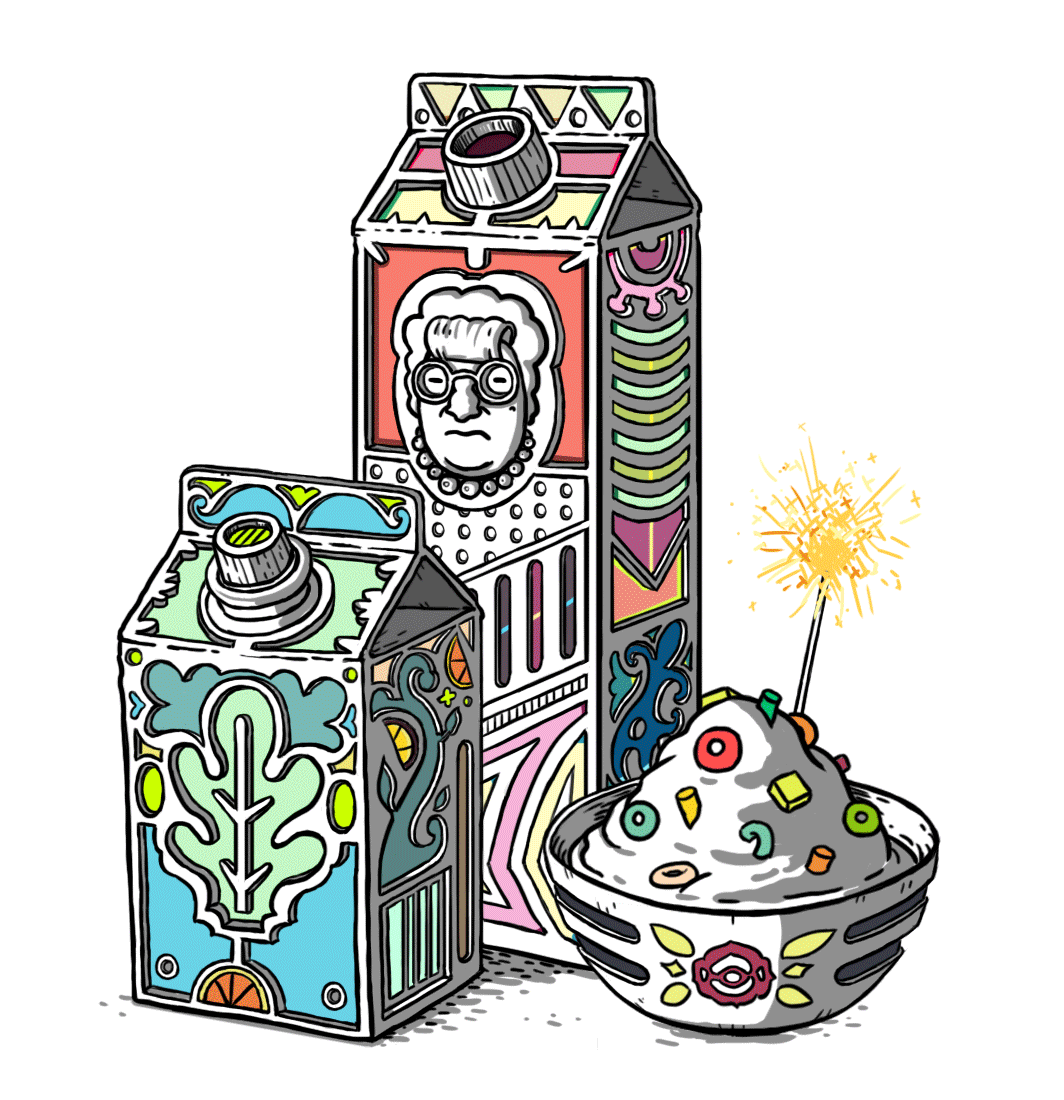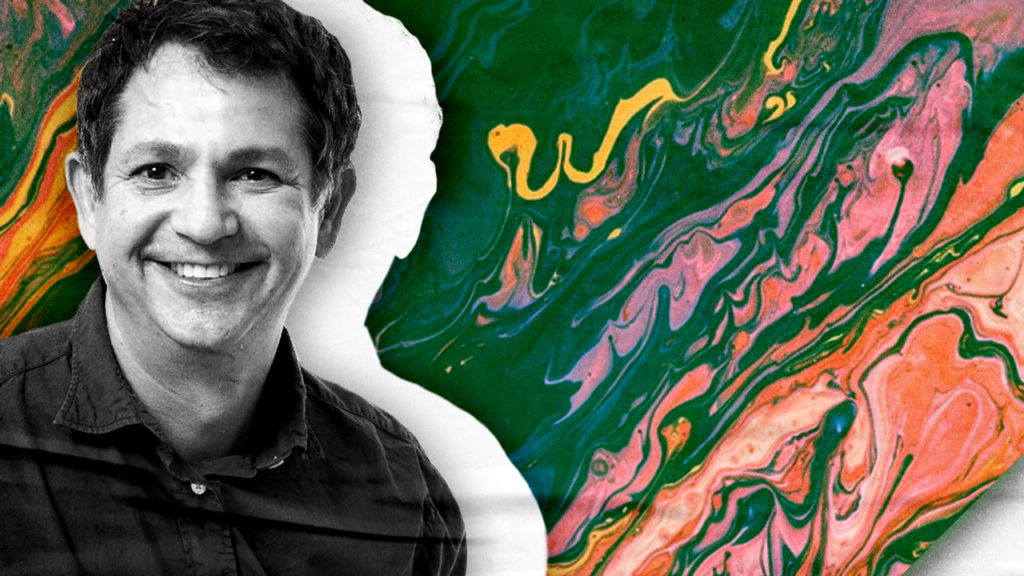We took some time off to honor what’s happening out on the streets, not just in America but around the world. This week, I’ve selected three pieces that come from very talented and imaginative individuals, each using their toolsets to transport you to another place in a way that only animation can. It’s a quick journey this week and one that will hopefully put a smile on your face.
Infinite Bowls – Laurie Rowan
Let’s kick this off with a simple yet mesmerizing 24-second piece by UK animator Laurie Rowan aptly titled Infinite Bowls.
Why it matters: It’s such a pleasure to stumble upon a piece that instantly transports you to another dimension. Rowan’s creation is filled with playful little surprises and is unexpectedly impactful in its simplicity. I don’t personally do yoga or any type of meditation, but I can only imagine that this is where my brain might take me. There’s also something to Laurie’s style that captures the feeling of being at Coachella. It’s a feeling of having a place where artistic expression and letting one’s mind go is at the heart of the experience. So, thank you Laurie for helping fill the void of a Coachella-free year with something that scratches the itch in just the right way.
The details: Laurie Rowan is based in Brighton on the south shore of the UK. Apparently, he set a goal for himself to create and animate a quick short to post on Instagram every Saturday. Although this was meant as a personal exercise to break out of the daily studio grind, he soon found that people were responding to his work. Laurie’s collection of eccentric CG character GIFs has generated over 700 million views.
Javier Arres – GIF Artist

Traveling South from Brighton to Madrid, Spain is where we find my next pick, the incredibly talented Javier Arres. The link above takes you to a page where you can experience the body of his work. Most only take a few seconds to appreciate, but you could clearly stare at them for a lot longer.
Why it matters: Whether it’s a Bitcoin funhouse with a Cheshire cat or a psychedelic pizza truck, Javier brings his fantastical and highly detailed illustrative style into making what he calls “Visual Toys.”
It’s easy to get lost in Javier’s work and feel a sense that he’s incredibly attuned to cultural elements that instantly resonate, even if you’re not sure why at first glance. His work has been described as Monty Python meets Sim City meets Roller Coaster Tycoon with a dash of steampunk, neon, and hypnotic effects, all baked in a sci-fi oven of surrealism. Well said.
The details: According to the artist page on illustration.com, “Javier’s process begins with pure imagination, evolving into mad sketching as he assembles the objects, icons, machines and characters that go into the final work. His media include felt tips, India ink on watercolor paper, Photoshop and After Effects, where he puts them in motion.” In 2019 Javier won the London Art Biennale for his work on paper.
Refik Anadol – Melting Memories
Switching gears from the fun and playful to a more data-driven and experiential focused artist, I stumbled on Refik’s work late last year while we were trying to wrap our heads around how you can take data streams and turn them into something meaningful, tangible—and most importantly—beautiful. And Refik Anadol is the master.
Why it matters: For Melting Memories, Refik wanted to visibly demonstrate the neuroscience of recollection. He uses a combination of data paintings, light projections and augmented data sculptures to capture the human brain’s processes. This stunning work is one of many explorations in how data can be organized and transformed into a powerful visual statement.
The details: Anadol, a Turkish born artist, now resides in LA where he has had his hand in major works across the world. According to the artist’s site, Refik conducted experiments at the Neuroscape Laboratory at the University of California, San Francisco, where he “gathers data on the neural mechanisms of cognitive control from an EEG that measures changes in brain wave activity and provides evidence of how the brain functions over time. These data sets constitute the building blocks for the unique algorithms that the artist needs for the multi-dimensional visual structures on display.”

